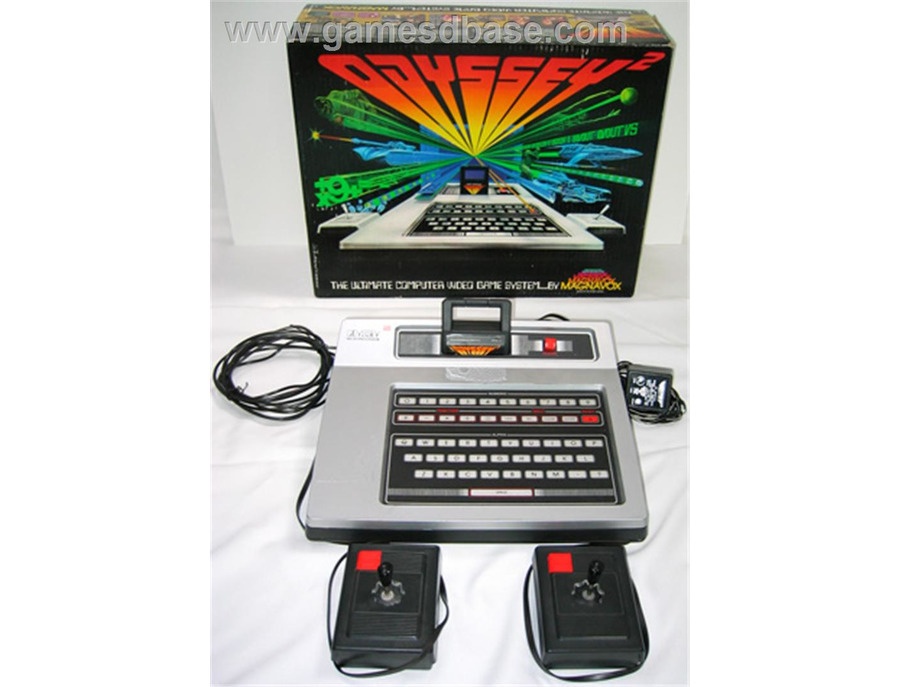
The vice president and general manager for console products, Martin had the conviction of a businessman who saw dollar signs: “We’re going with this.”īaer’s so-called “Brown Box” was an early prototype of what would come to be known as the Magnavox Odyssey, the first-ever commercial home video-game console. That lone enthusiastic smile belonged to Gerry Martin, whose opinion was the only one that mattered. But once again, Baer’s audience seemed underwhelmed.Īs Baer looked out at the firing squad of suited Magnavox executives seated around the long, dark conference table, all he saw were glum faces. It was essentially the world’s first video game. Two dots, one on either side of the line, represented pingpong paddles zipping up and down to “hit” the third dot (the ball) back and forth. To his mind, it was all on the screen next to him: one white vertical line bisecting the black field and three white dots.


Still, Baer persisted in his belief that his machine would change the way people thought about their televisions. Baer was an engineer from New Hampshire, and he had just finished a demonstration of his latest invention, a presentation that had previously been rejected by several companies, including Magnavox.
#MAGNAVOX ODYSSEY 2000 TV#
On July 17, 1969, German-born Ralph Baer found himself standing beside a 19-inch TV at the front of the Magnavox corporate boardroom in Fort Wayne holding a putter, a plastic rifle, and a mysterious box wrapped in brown wood-grain vinyl tape.

Inventor Ralph Baer Photos courtesy the Ralph H.


 0 kommentar(er)
0 kommentar(er)
